

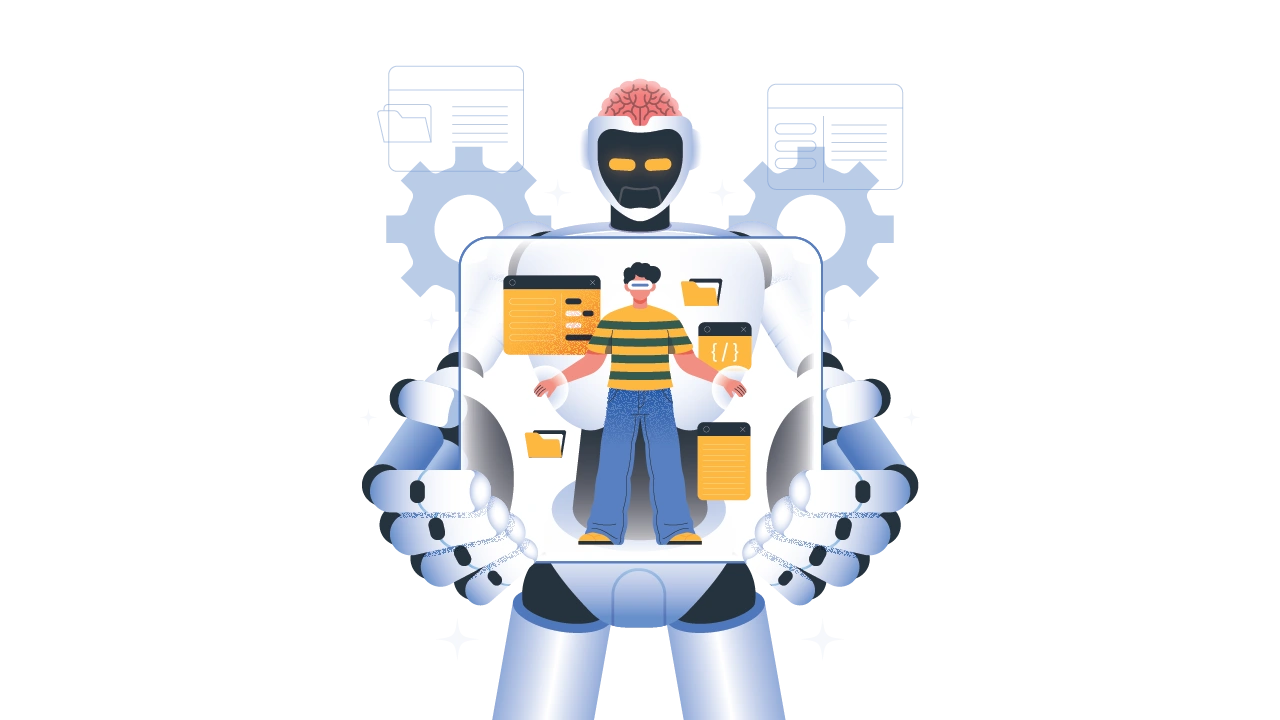
Imagine this: You, the CHRO, are staring at two offer letters on your desk. One belongs to a new HR Business Partner, a seasoned professional with years of people management experience. The other? An AI agent you’ve just signed up for—capable of parsing resumes in seconds, running engagement surveys overnight, and answering HR policy queries without breaking a sweat.
The million-dollar question (or perhaps the billion-dollar engagement question): If both your human hire and your AI agent are joining next Monday, who gets the first onboarding date?
It sounds humorous, even absurd. But beneath the laugh lies a very real CHRO HR AI dilemma. As AI colleagues enter our organizations, the question isn’t just about implementation timelines—it’s about power dynamics, trust, and the future of HR roles.
So let’s unpack this dilemma, with a bit of wit and a lot of strategy.
For years, HR professionals have joked about wishing for “an assistant who could handle all the repetitive tasks.” Well, wish granted—AI agents have walked through the virtual door.
In people operations, AI is no longer an experiment—it’s a colleague. Some CHROs have even begun referring to them as “digital HR agents.” And with every successful pilot, the debate grows louder: Should AI be considered talent in its own right?
But here’s where the dilemma deepens. If AI is part of the HR workforce, then it raises questions we’ve never faced before. Do we hire it before the human team is ready? Or do we let humans take the lead, shaping how AI integrates?
To decide who gets the first joining date, let’s pit AI agents and human HR professionals against each other—not as competitors, but as complementary contenders.
So, the AI vs Human hiring debate isn’t about replacing one with the other—it’s about sequencing. Who should get the onboarding priority so that both can succeed?
Here’s where the dilemma gets practical. Just like onboarding two new employees into the same team, sequencing matters. Get it wrong, and you risk alienating your human team or underutilizing your AI investment.
Pros:
• Immediate Efficiency Gains: By the time your new HRBP walks in, the AI has already cleaned up the backlog of resumes, standardized employee queries, and created dashboards of workforce data.
• Showcase of Innovation: The human hire enters an environment where AI is already part of the fabric, signalling the organization’s forward-looking culture.
• Lower Administrative Load: Your human HR team starts day one focusing on strategy, not transactions.
Cons:
• Cultural Resistance: Humans joining after AI may feel like they’re reporting to a machine, leading to mistrust or even fear.
• No Human Oversight: AI systems risk running unchecked without a human to validate edge cases or contextual errors.
• Learning Curve Gaps: New employees may feel alienated if workflows are already optimized for AI, leaving little room for their input.
Pros:
• Human Oversight from Day One: The HRBP can shape how AI workflows are configured, bringing human nuance into automated processes.
• Cultural Trust-Building: Employees see that AI is being introduced with them, not before them.
• Ethical Guardrails: Sensitive issues like data privacy, fairness in hiring, and AI bias can be guided by human hands first.
Cons:
• Slower Ramp-Up: Efficiency gains from AI are delayed while humans handle repetitive tasks.
• Risk of Overload: New human hires may feel swamped, as AI hasn’t yet been deployed to offload administrative burdens.
• Resistance Later: Once humans establish manual processes, integrating AI may feel disruptive or threatening.
So who should get the first joining date? The trick may not be to pick a side at all. Instead, think co-onboarding—a deliberate strategy where humans and AI start together.
The AI agent starts with low-risk, high-volume tasks: policy FAQs, leave balances, meeting scheduling. This establishes immediate efficiency without disrupting human trust.
Human HR leaders step in to review AI outputs—spotting gaps, fine-tuning workflows, and ensuring compliance with organizational culture and ethics.
Complex work gets divided: AI prepares the data, humans interpret it. AI screens resumes, humans conduct interviews. AI tracks engagement scores, humans hold stay conversations.
Both sides—human and AI—function as a shared workforce. AI removes the transactional burden; humans elevate HR’s strategic voice.
Think of it as a buddy program, but one where your buddy might be a chatbot. New HR hires get trained not just on policies but also on how to work with AI tools as colleagues. Likewise, AI systems are configured under human supervision, creating a culture of partnership from the very start.
So, who should get the joining date first—human or AI?
The CHRO’s answer is simple: both.
Onboarding AI first risks alienating humans. Onboarding humans first delays efficiency. The future lies in bonded onboarding runs, where AI and humans start together, learn together, and build trust as colleagues.
The CHRO HR AI dilemma isn’t about competition—it’s about choreography. By sequencing onboarding as a shared journey, we create an HR function that is scalable, ethical, and deeply human-centered.
The offer letters are on your desk. The joining date is set. Now it’s your job, as CHRO, to make sure your newest hires—human and AI—walk in together.
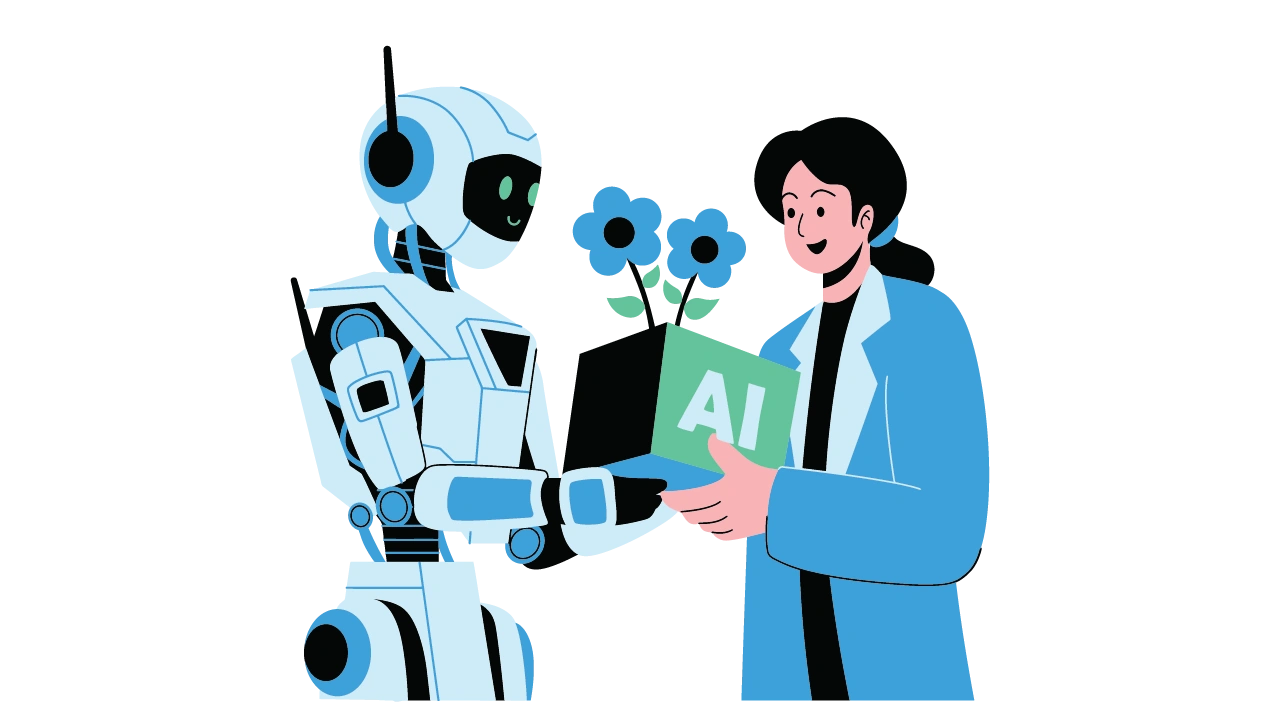
In today’s rapidly evolving work landscape, the arrival of Agentic AI in the workplace is shifting the way teams function, decisions...
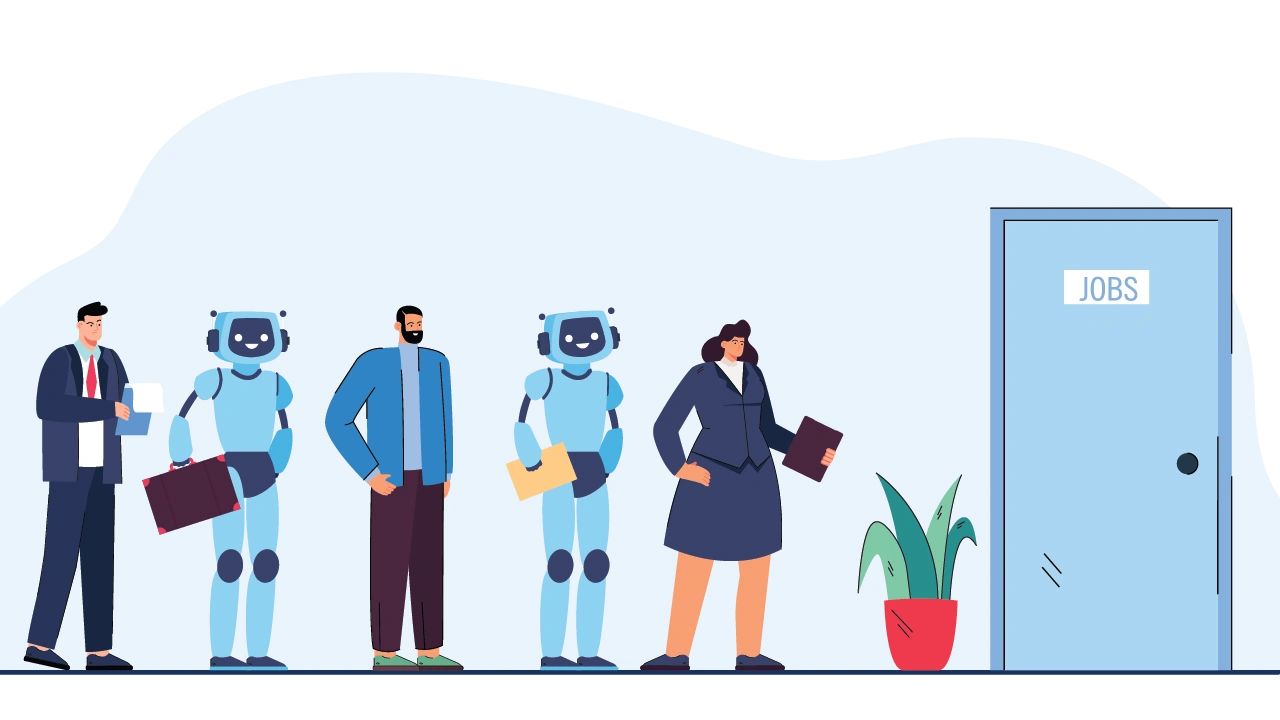
As artificial intelligence continues to reshape the workplace, a new frontier is emerging-one where human workers and AI agents...
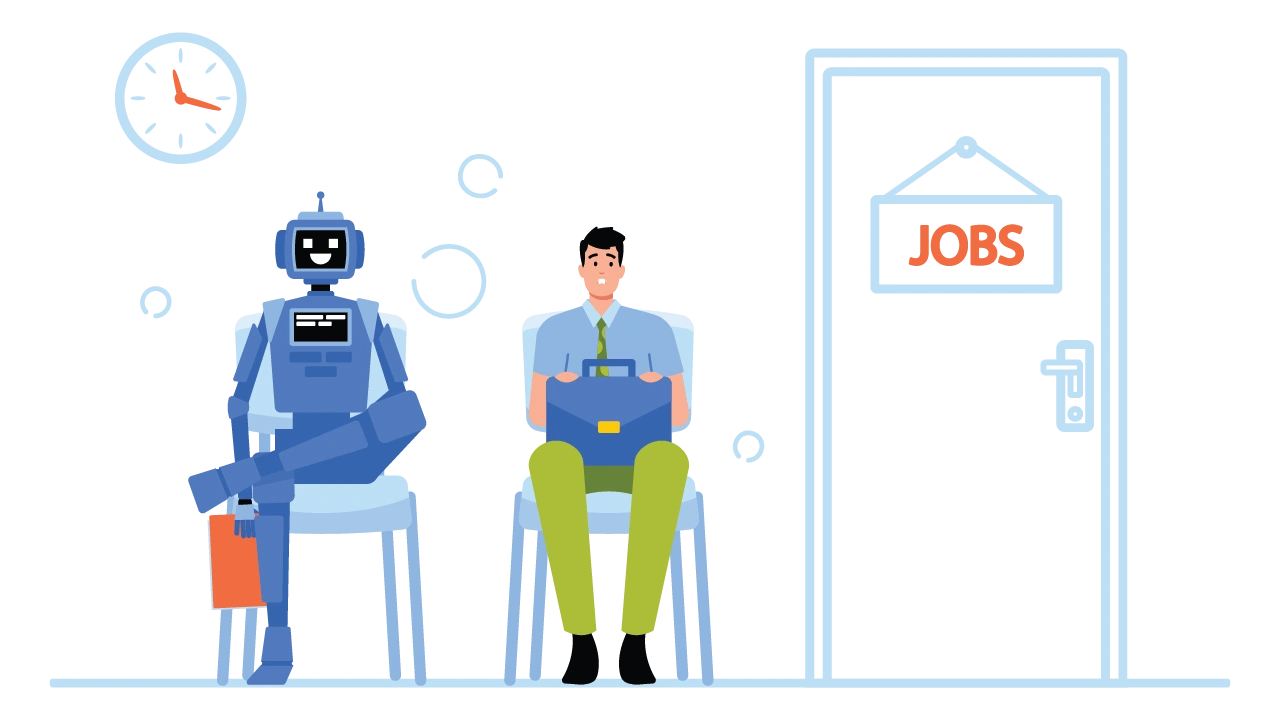
The “Future of Work” is no longer a distant vision—it’s today’s reality. In 2025, global organizations are navigating a landscape...
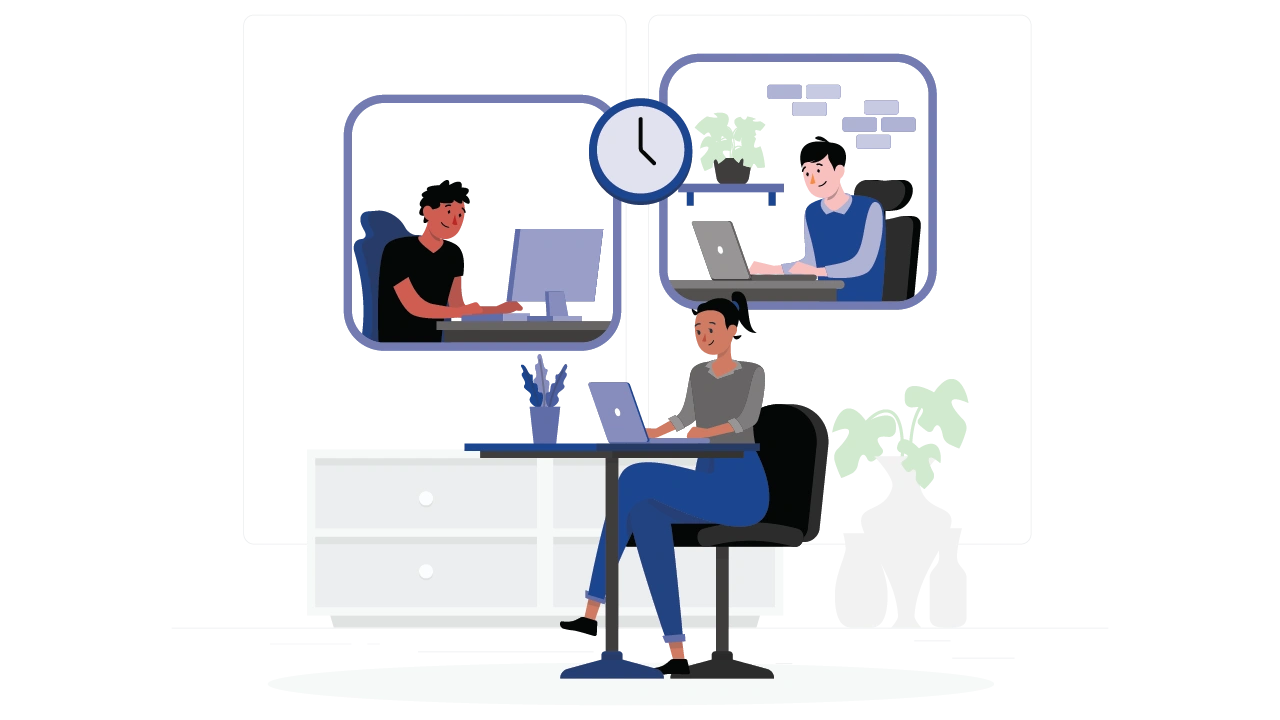
In a world where distributed teams are the norm rather than the exception, the role of culture is under the microscope like never before...
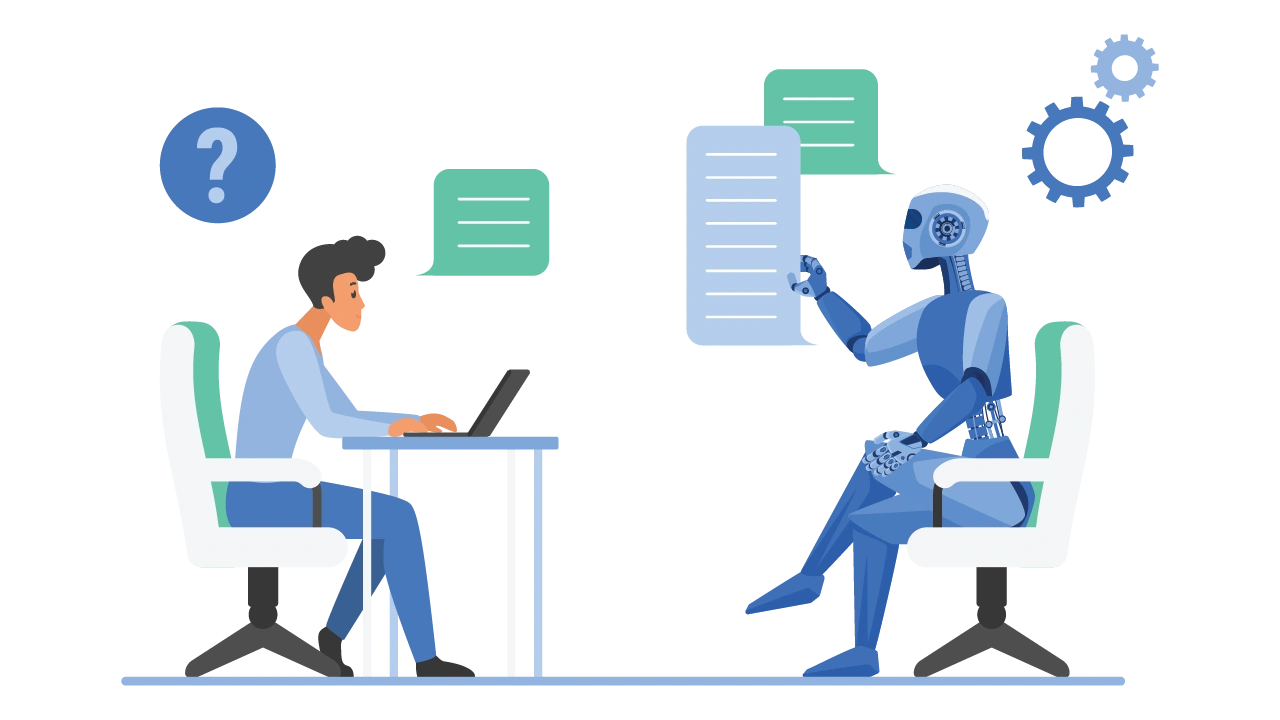
We hear about AI everywhere - from headlines about job losses to promises of supercharged productivity...
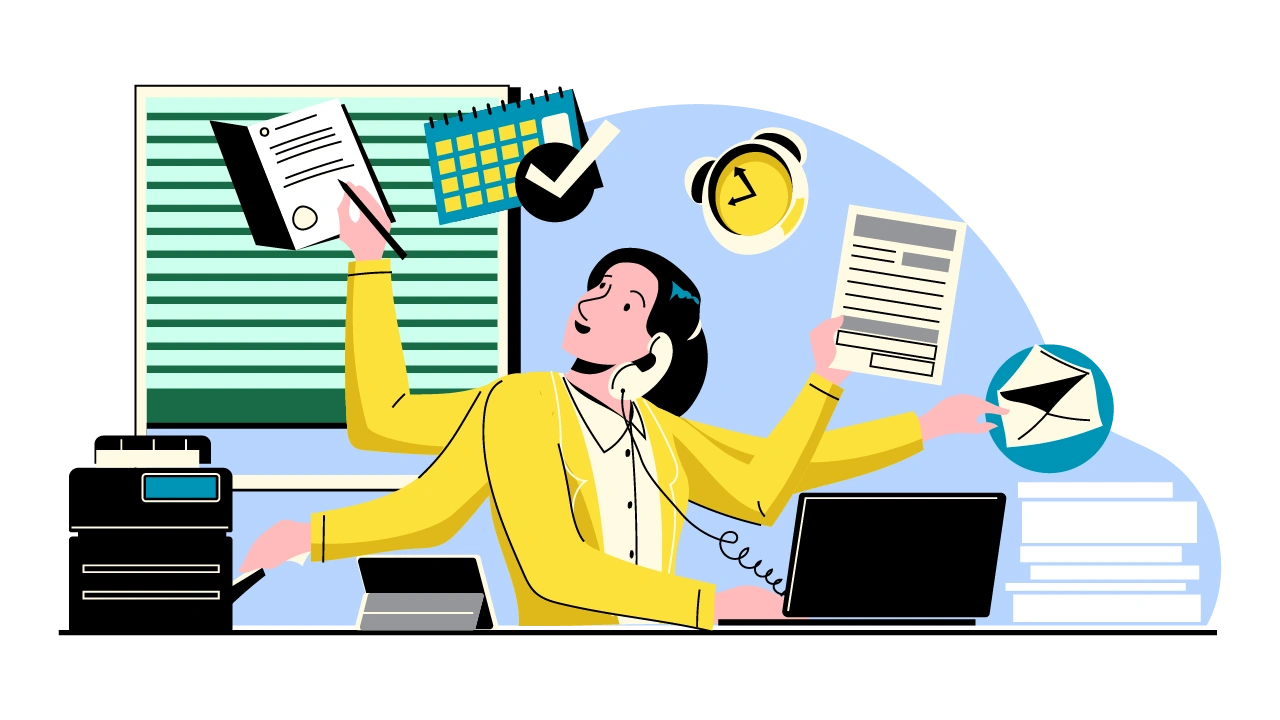
In today's dynamic and often unpredictable business landscape, growth is the ultimate aspiration for small and mid-sized enterprises (SMEs)...